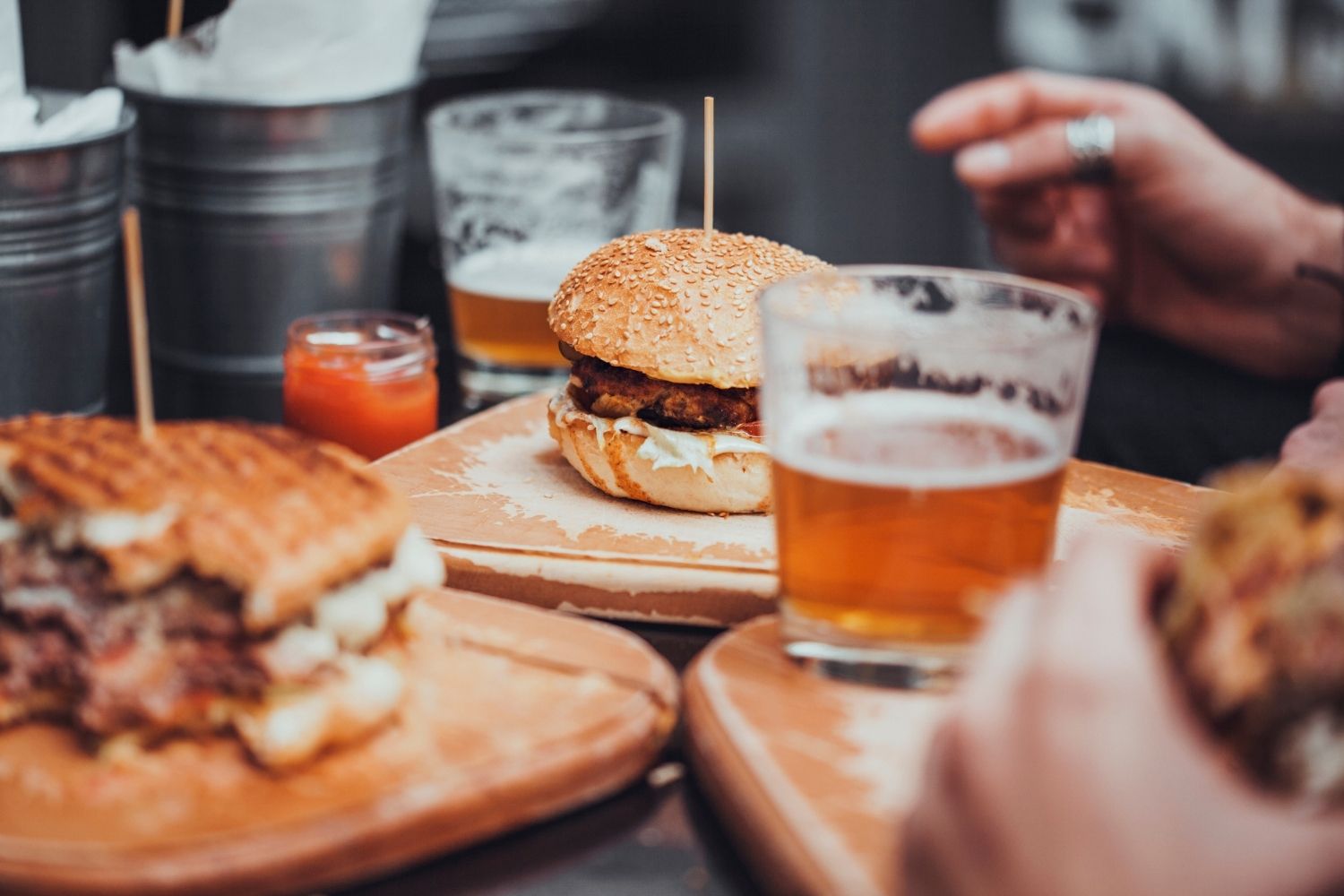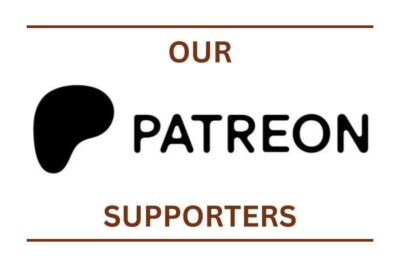New research has found that pub customer confidence is firmly back at pre-pandemic levels and that pubs are now more important than ever to Brits. Some 56% of pub-goers say they will visit the pub at least once week over the next 12 months.

The Return of the Pub report from KAM, in partnership with the BII (British Institute of Innkeeping), is designed to understand the evolving behaviour and attitudes of pub customers following two years of global pandemic, in a bid to define the ‘new normal’ for pub experiences in the UK.
Blake Gladman, strategy and insight director at KAM, said: “Back in June 2020 we predicted an overall decline in pub visits of 12%, which represented a loss of approximately 200 million pub visits, by regular pub-goers, to UK pubs in the first six months following the first lockdown. It is incredibly positive news that the latest data suggest that confidence levels have finally returned to pre-pandemic levels.”
Steve Alton, chief executive of the BII, said: “Our members operating pubs across the UK now face exceptional trading challenges as they start their recovery. Critical to this will be to consistently deliver fantastic customer experiences every time, to both retain and grow their trade.
“Insight into customer expectations will be essential to ensure they are able to develop their approach and safeguard the great British pub at the heart of every community. We are proud to partner with KAM to deliver this essential report, which will be key to helping our pubs thrive moving forward.”
Thirty-five per cent of all pub-goers believe that the role of the Great British pub has grown in importance, for them
personally, since the various lockdowns. This is significantly higher in the 18- to 34-year-old age bracket.
Compared to sentiment back in June 2020, pub-goers now feel significantly safer visiting a venue, across all age demographics, with three in four of customers saying they feel safe (with regards to catching/spreading Covid) when visiting a pub now.
Despite this, they still expect certain measures to remain in place ‘post-pandemic’. Outside of a continued vigilance on cleanliness, pub-goers are still looking for venues to be aware of the number of patrons inside at any given time, with caps on maximum numbers, decent spacing between tables, and outside seating areas all still desired by one in four.
Slow process
Whilst ensuring they maximise the space they have, the research suggests that publicans must continue to be mindful that the last two years have created a fundamental change in customer mindset and their consequence behaviour. The research highlights three clear shifts in behaviour from pub-goers, in terms of what factors influence their choice of pub now, compared to two years ago.
Whereas, in June 2020, pub-goers were likely to stick to what they know, now there is a clear desire to be more adventurous with their choice of venue. They are now almost twice as likely to be looking to try somewhere they’ve not been to before.
Demand for friendly and helpful staff has also grown in importance, as customers place a greater value on the human interactions that can’t be replicated when having a ‘night in’.
Anthony Pender, co-founder of the Yummy Pubs group, said: “It’s a slow process of building back, but this is also done with a backdrop of seismic macro and behavioural change in the UK. Cost escalation, supply chain issues, and labour shortages are one thing, but the research clearly shows that we must also now adapt to a new consumer landscape, with new habits brought about because of Covid that won’t simply wash away.
“At the forefront of this is the hunger for exceptional experiences and an increased awareness of what constitutes value for money. This may be challenging for operators, but it is prevalent in the here and now and won’t change. Mediocrity is no longer acceptable to survive. Only exceptional will suffice.”

Indeed, the research shows that pub-goers are increasingly looking for an experience that they can’t get at home: 78% in 2022, compared with 63% in 2019 — an increase in expectation of 24%.
Gladman said: “As a nation, we have been forced, in some respect, to spend more time at home than perhaps we would ever have done, over the last two years, and that has created a new set of occasions for traditional pub-goers, who now know the types of experiences they can have at home.
“So, when they go out, they are, more than ever, looking for an experience that is less easily replicated. Be that a perfectly poured real ale, an expertly crafted cocktail, delicious food, or a vibrant atmosphere — pubs are increasingly being asked to deliver more than simply a drink and a chair.”
When it comes to which types of pubs customers will be visiting more of this year, the research shows a clear trend towards local and community pubs over town or city centre pubs, and independents over chains. Food-led pubs are also attracting higher footfall versus wet-led; 38% of pub-goers said they are likely to visit food-led pubs more often over the next 12 months.
But the research highlights that pubs need to shake up their food offer to keep up with evolving and diversifying diets. As well as reductions in things such as salt and sugar, customers are also looking for ‘added benefits’, with 21% looking for added fibre and 24% for added protein. But it is sustainable and locally-sourced items that should be prioritised and promoted by pubs. Forty-seven per cent of pub-goers want to see more locally-sourced food, and one in three publicans claim they already offering more locally-sourced food compared with 12 months ago.
Price increases
Joby Mortimer, head of sector, national on-trade, at Brakes, said: “Sustainability will keep growing in importance. Pubs will need to have clear and transparent messages about food miles, ethical procurement, and food waste. The lifestyle choices of less meat and the need of more vegetarian and vegan dishes is also an area pubs have been slow at adapting to.”
With VAT on the increase, adding to the numerous other financial pressures that pubs are facing, the price of food and drinks in pubs is set to rise. The research suggests that most pub-goers (75%) are expecting a price rise and that a fair price increase is likely to be accepted by many (80%), at least in the short term. However, they are also well aware that price rises may mean they have to reduce their visits to pubs, with one in two admitting price rises may mean they visit pubs less frequently over the next 12 months.
Gladman said: “Pub-goers are aware of the challenges that pubs have been through in the last two years. There doesn’t need to be anything ‘sneaky’ about price increases, it is happening across so many retail environments at the moment. The beauty of British pubs is that most have a strong and honest relationship with their customers.
“The key here is that, in the short term, most are aware and understanding of the reasons, but pub-goers are aware that they are likely to have to tighten their belts forcing fewer visits to the pub. Pubs need to double down on their customer service, atmosphere, experience, quality of food, quality of service, etc, in order to counterbalance any price increases and continue to offer the level of ‘value-add’ that will get people out of their homes and into the pubs.”
The research also identified opportunities for pubs to continue evolving their businesses, with a surge in customer demand for home delivery and gift vouchers, and also opportunities to develop their offer via digital solutions.
In fact, the expectations from pub-goers are that pubs need to up their game when it comes to tech, with nearly one in three feeling pubs have fallen behind other hospitality and retail venues. Thirty-seven per cent of publicans agree.
Karina Coen, managing director at Stint said: “Technology plays a key role and really is front and centre in today’s world, but that doesn’t mean forgetting about the employees. Learning how to leverage the unique human element is key.
“Technology should be truly complementary; better forecasting, coupled with bottom-up activity-based schedules, coupled with great collaboration, paired with analysis and statistical information that tells you what’s working and what’s not, can all help with the ‘people factor’ and drive great business performance.”





